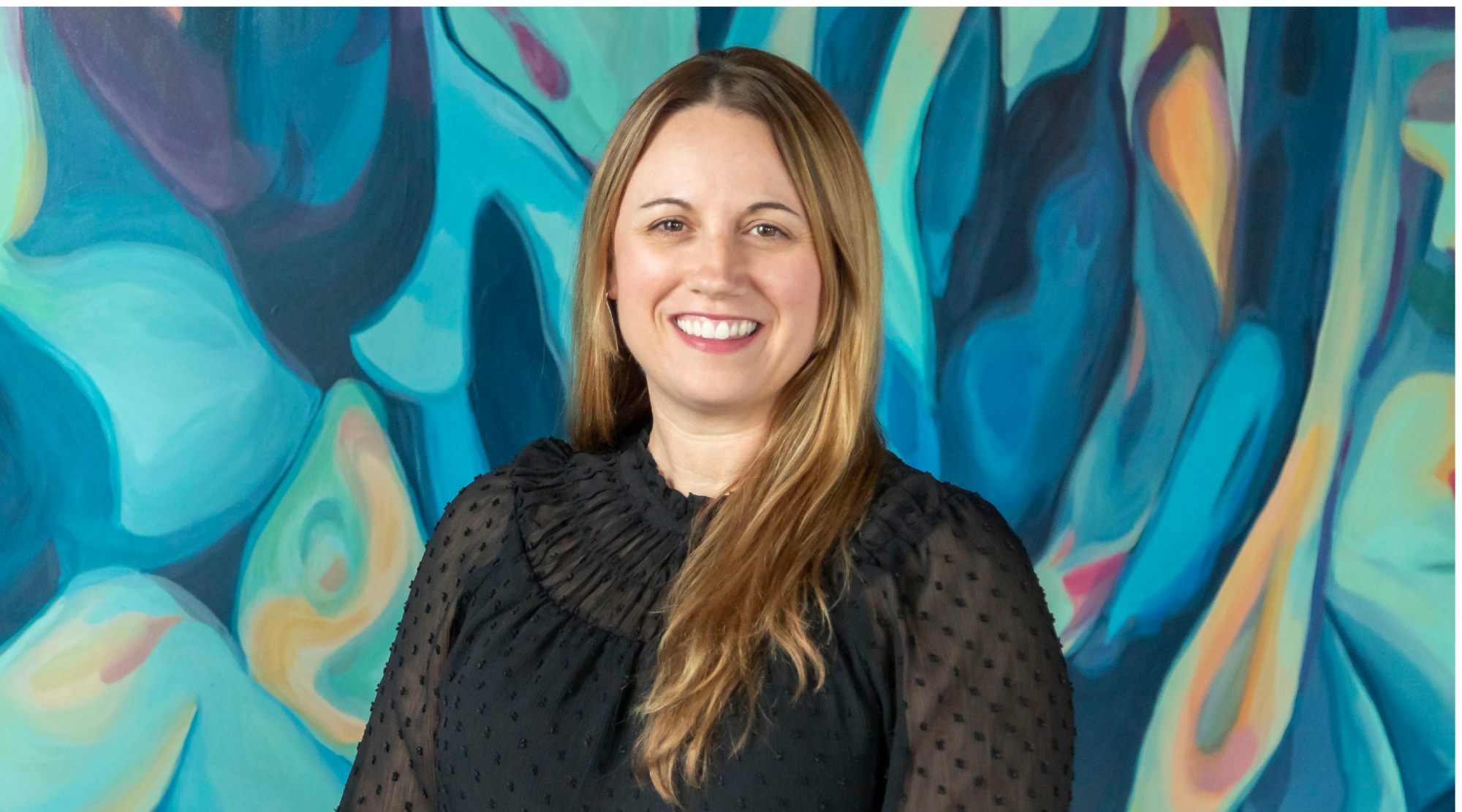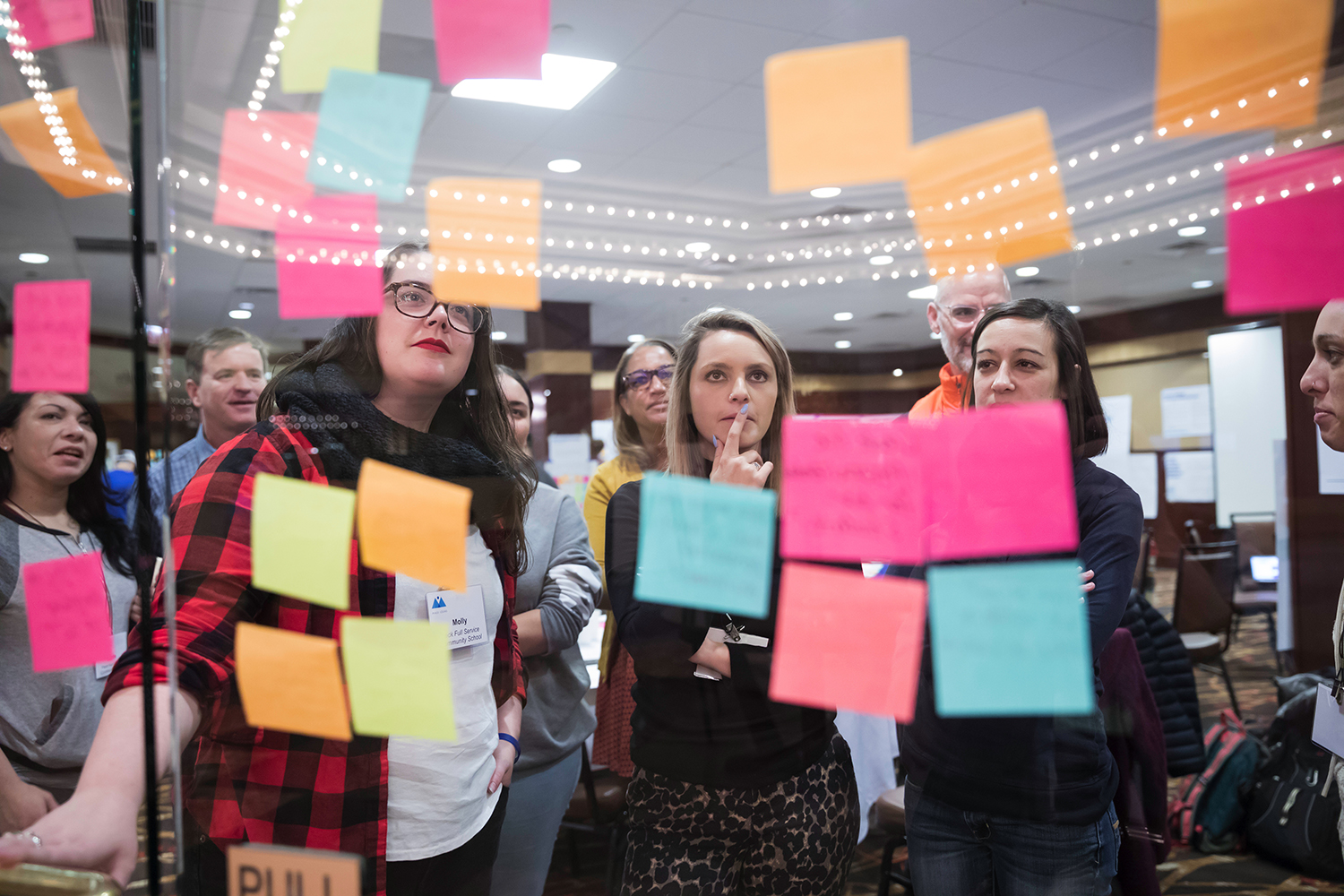Positive youth development is increasingly recognized as an essential component of effective high school design. Positive youth development theory tells us that young people thrive in a school environment where they have positive relationships with adults, opportunities to explore their interests and assets, and regularly participate in experiences that are both engaging and have high academic expectations.
To explore this topic, we recently hosted a webinar to provide stakeholders in our region with an understanding of positive youth development theory, and how it translates into practice in high schools. We invited Springpoint, a national nonprofit that partners with school districts and networks to design innovative schools, to share five elements of positive youth development that are central to a high-quality high school design:

- Caring, trusting, and supportive relationships
- High expectations
- Engaging learning experiences
- Opportunities to contribute
- Consistency
These five tenets must be implemented across a school environment—including across all academic content areas and classrooms – to provide an education experience that engages all students to reach their full potential in high school and beyond.
In addition, we heard on-the-ground perspectives from staff and students at two high schools actively engaging with positive youth development practices. At schools that are designed and implemented with student development in mind, youth development practices are not an intervention or after-school program, rather they are pervasive across all aspects of the school. For example, David Krulwich, principal at The Urban Assembly School for Applied Math and Science, described the importance of knowing all students well through supportive staff relationships across all academic classes, and also through structures such as frequent advisory meetings.
Further, when implemented well, these elements are interrelated and mutually reinforcing, operating as a whole. For example, student Madegan Lynch from Casco Bay High School described Senior Expedition where students select their own in-depth research project. It was evident that through the opportunity to select a research project of interest to her (Howard Gardner’s multiple intelligences theory), she was able to deeply engage in the topic. Madegan shared the high expectations associated with Senior Expedition, such as the requirements of conducting an expert interview and providing a culminating public presentation on the topic.
Our panelists on this webinar were:
- JoEllen Lynch, Executive Director, Springpoint
- Sam Sherwood, Director of Instruction and School Design, Springpoint
- David Krulwich, Principal, The Urban Assembly School for Applied Math and Science in New York City
- Janell Jones, Senior Student, The Urban Assembly School for Applied Math and Science in New York City
- Mark Ford, Social Studies Teacher, Casco Bay High School in Portland, Maine
- Madegan Lynch, Senior Student, Casco Bay High School in Portland, Maine
We invite you to explore the webinar recording and PowerPoint presentation below.




